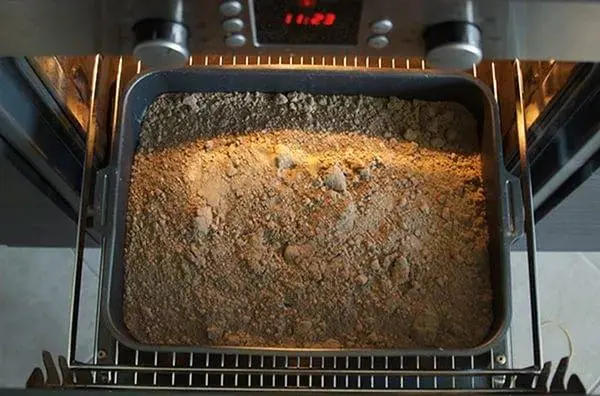Contents
Tomatoes are tasty, healthy and beautiful. Did you know that they came to Europe as an ornamental plant and for a long time were grown solely for their beauty? Probably, they had not yet heard of phytophthora. Only practical Italians immediately began to eat them. And the summer salad of cucumbers and tomatoes so beloved by everyone should be eaten as rarely as possible – the combination of these vegetables prevents the absorption of vital vitamin C. Tomatoes, of course, are beautiful, especially when they are not sick, but today we grow them in order to diversify our diet . In this article we will tell you how to prepare the soil for tomato seedlings.
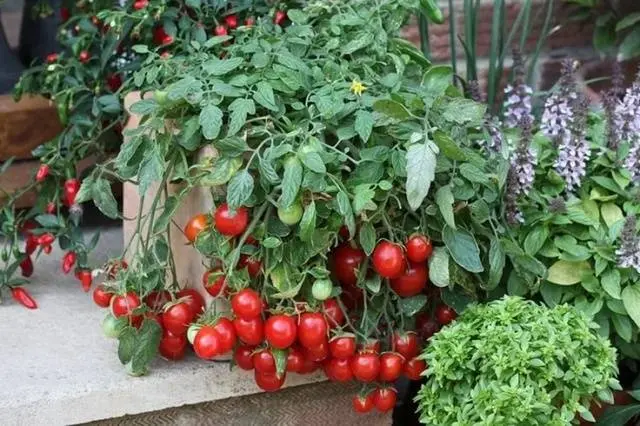
The value of soil for seedlings
As the theater begins with a hanger, so seedlings begin with the ground. A high-quality earthen mixture for its cultivation is the key to a good future harvest. If it turns out to be not good enough, then the tomatoes will turn out to be sick or weak and we will not get a full-fledged harvest. Or even worse, the seedlings will die and we will have to start all over again or buy them in the market.
You can’t just take a shovel and dig up garden soil or bring soil from a greenhouse – with almost 100% probability, nothing good will come of it. The soil for tomato seedlings is prepared from several components that require appropriate preparation. Only large farms grow tomato seedlings on pure peat, pre-treating it and saturating it with fertilizers and special additives. But they have the appropriate industrial equipment for these purposes.
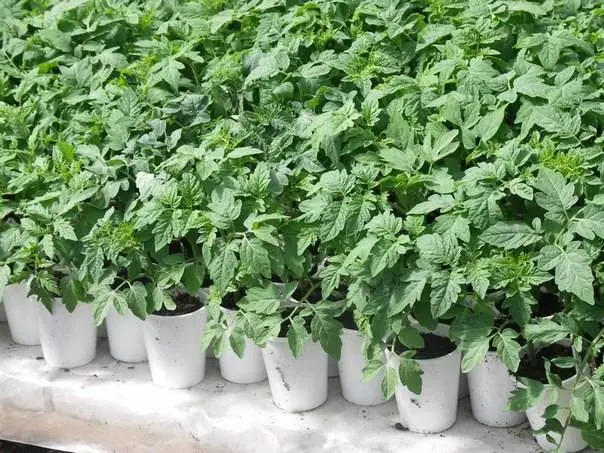
Yes, and do we need tomatoes, even before planting in the soil to the eyeballs pumped up with chemistry? It is better to spend some time and independently prepare the soil for tomato seedlings.
Ground requirements
The main requirement is that the soil must contain everything necessary for growing tomato seedlings. It should be:
- loose;
- water and breathable;
- moderately fertile, that is, contain sufficient, but not excessive, nutrients needed by tomato seedlings at first;
- neutral or slightly acidic;
- purified, namely: do not contain toxic substances dangerous to humans or plants, harmful microorganisms, weed seeds, fungal spores, as well as eggs or insect larvae, worms.
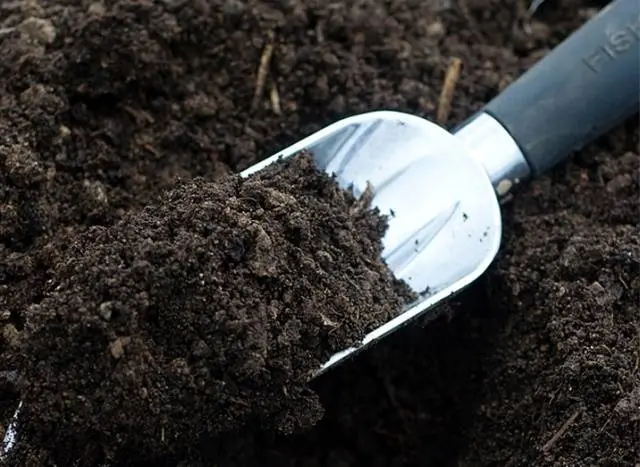
Components used for soil
Each gardener has his own recipe for preparing soil for tomato seedlings. They may have various components of both organic and inorganic origin, they may or may not have fertilizer added. But at all, people sometimes successfully grow tomato seedlings for decades. It is impossible to say which soil is right or best. Any component of soil for tomato seedlings taken in one area can be very different from the same component originating from another region.
Even in the same garden, the land taken from the planting of legumes will be strikingly different from the soil where the sunflower grew.
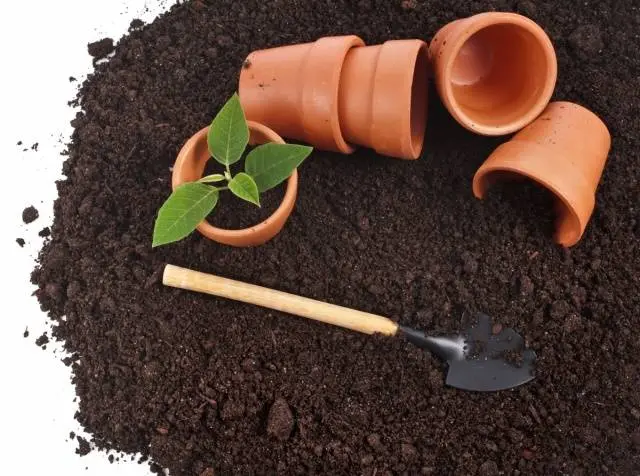
Soil for tomato seedlings may consist of the following organic components:
- sod land;
- meadow land;
- peat (low, middle, high);
- well-rotted leaf humus (its chemical composition will vary greatly depending on the tree species whose leaves were involved in the preparation of compost, for example, if there were a lot of walnut leaves, our seedlings may not sprout at all);
- well-rotted and frozen humus of cattle;
- moss sphagnum;
- garden land (although this is not recommended, many gardeners use it, and successfully);
- fallen pine;
- coconut fiber;
- rotted sawdust.

Land for tomato seedlings may or may not contain:
- sand;
- perlite;
- hydrogel;
- vermiculite.

Often (but not all and not always) when preparing the soil for seedlings, they are used as auxiliary substances:
- wood ash;
- a piece of chalk;
- dolomite flour;
- lime.
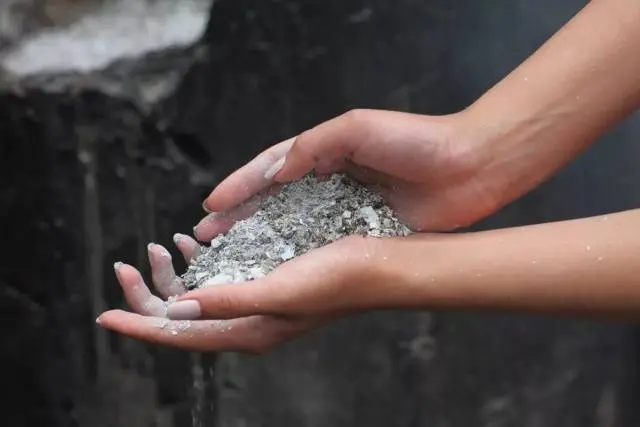
Ash acts as a means of protecting against diseases and pests, fertilizer and natural deoxidizer of the soil. Its chemical properties are highly dependent on the type of wood being burned.
As you can see, there are many components, and given that most often the soil for growing seedlings consists of 3-4 components, it would be more accurate to say that there are a lot of them.
Under no circumstances should you use:
- manure (firstly, tomatoes do not like it, secondly, it oxidizes the soil, thirdly, there is a lot of nitrogen, fourthly, it probably contains a lot of pathogenic organisms for seedlings);
- not completely rotted leaf humus (it can simply burn the roots of seedlings);
- any land infested with insects, worms or weeds;
- hay dust.
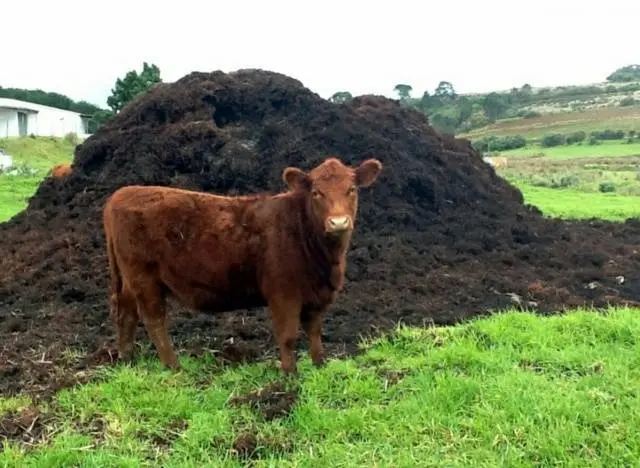
Preparing the land for seedlings
Before sowing tomato seeds, pre-planting soil preparation must be carried out. We must kill all spores of fungi and bacteria, insects and their larvae. You also need to try to get rid of weed seeds that may be in the ground. Again, each gardener does this preparation in his own way. Can:
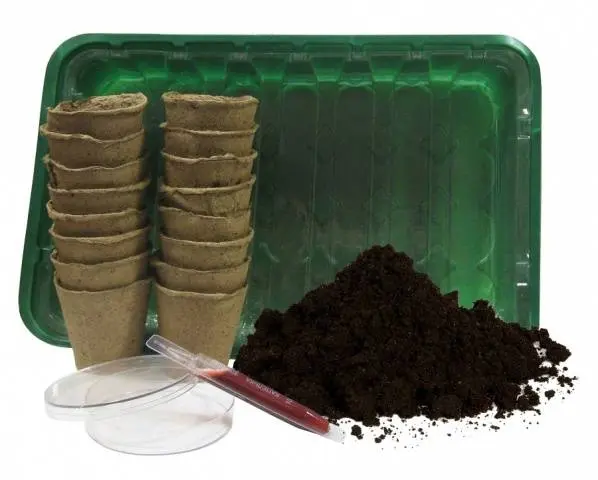
- The soil will freeze. For this, some repeatedly expose containers with earth to frost in winter, then bring them in and let them thaw, freeze them again, and so on several times. Perhaps this is correct, but it is painfully laborious process. In addition, if, for example, the earth is poured into a bag, it is difficult to carry it back and forth. In addition, when defrosting, you can seriously stain the floor. And not everyone has such a warm room where bags of soil could stand, but they thaw for a long time. Most often, they are initially placed in a cold garage or barn, and about a week before sowing, tomato seedlings are brought into the room.
- Soil calcination. The earth is poured with a layer of about 5 cm on a sheet and put in an oven heated to 70-90 degrees for half an hour. This must be done in advance so that the soil can be populated with beneficial microorganisms.

- Soil steaming. Here, too, there is no limit to popular imagination. The earth must be kept over boiling water for at least 10 minutes. For this purpose, use a colander, a double boiler, just gauze.
- Soil disinfection. Perhaps this is the least laborious method, but it will not get rid of weed seeds. For these purposes, iodine is used (3 drops per 10 l), 1% solution of potassium permanganate, antifungal drugs, insecticides + fungicides.
If you use sawdust or needles, they need to be filled with boiling water, cover the dishes with a lid and cool. Drain the water, pour boiling water again and insist.
Making soil for seedlings
As we said, there are a lot of recipes for making soil for tomato seedlings. See which components are easiest for you to get and prepare the substrate from them. It is enough for someone to go outside and walk 100-200 meters to collect silt peat, but for someone it is simply impossible to get it. It is expensive for someone to buy perlite, vermiculite, coconut fiber or sphagnum moss.
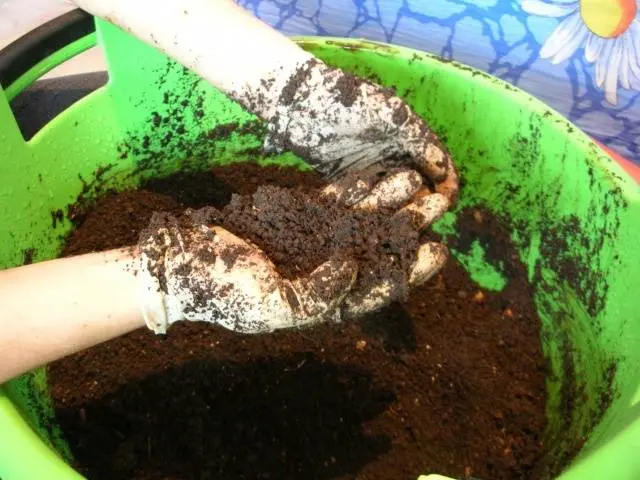
If you have all the ingredients for making the soil at hand, but it turns out to be excessively acidic, you can deoxidize it with dolomite flour or lime.
We explain: dolomite flour itself is a fertilizer, for components that are poor in nutrients, it will be a real find. If you add it to the soil containing black soil, you will get an excess of fertilizer. Fatty, rich lands are deoxidized with chalk or lime.
Sometimes it is necessary, on the contrary, to increase the acidity of the soil. This is easy to do by adding a little high-moor peat – it is fibrous, has a reddish color and an acidic reaction.
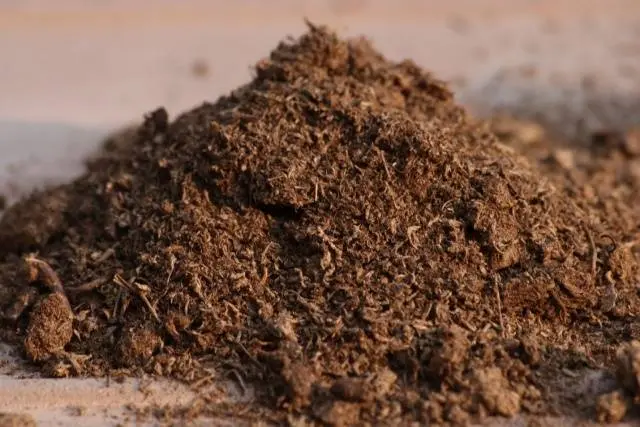
We give several recipes for preparing soil for seedlings of tomatoes, but we repeat, there are a lot of them:
- Sand, high and low peat in a ratio of 1:1:1.
- Leaf humus, soddy land, sand, perlite in a ratio of 3: 3: 4: 0,5.
- Peat, sand, wood ash – 10:5:1.
- Steamed sawdust, sand, wood ash – 10: 5: 1 + 1 tbsp. l nitrogen fertilizer per bucket of the mixture (such a mixture must be mixed very carefully so that the nitrogen is distributed evenly);
- Steamed needles, sand, wood ash – 10:5:1;
- Sod land, well-rotted manure, peat, sand – 2: 0,5: 8: 2 + 3 tbsp. l azofoski per bucket of mixture.
If your soil is very dense, add perlite or vermiculite.
Often, after growing tomato seedlings, we do not know where to put the waste soil. In no case should you leave it for the next year. You can not pour it into the place where nightshade crops will grow – potatoes, tomatoes, peppers. It is best to pour it on a pile with young compost, which will ripen for at least another year.
Use of garden land
There has been controversy over the use of garden land for many decades. Some argue that it should never be used, others smile, and for many years successfully grow tomato seedlings on it.
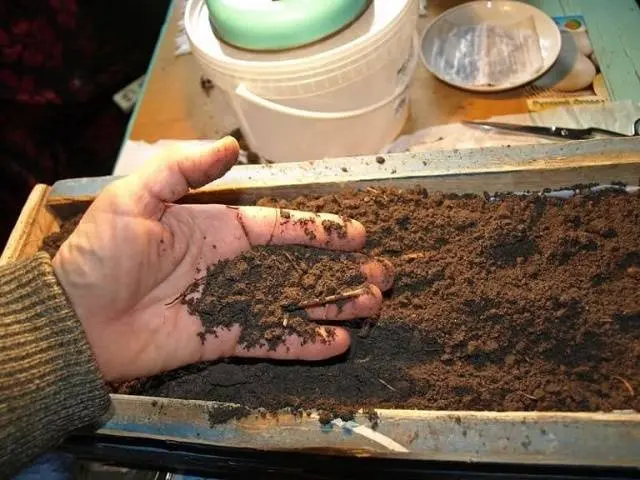
You can take garden soil, it is believed that if it enters the soil mixture for growing seedlings as one of the components, tomatoes will better tolerate transplanting into open ground. It is best to take it:
- From a hill filled with a mole;
- From under the plantings of legumes, cucumbers, zucchini, corn, beets, carrots, greens.
Do not under any circumstances use:
- Greenhouse soil;
- From under the planting of potatoes, peppers, tomatoes, eggplant, cabbage.
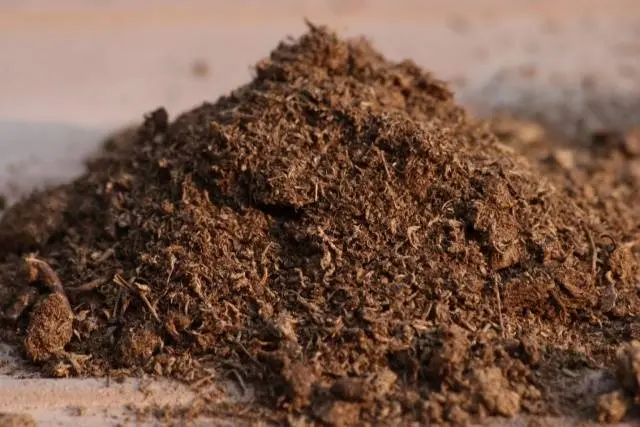
Ready soils
Of the ready-made soils, only a special substrate for growing seedlings is suitable – the rest contain fertilizers at a concentration unacceptable for small tomatoes. And although ready-made soils can be of different quality, they have to be used if there is no opportunity, time or desire to make a complex soil mixture.
We advise you to buy several bags of soil for seedlings from different manufacturers and plant seeds in them, providing the containers with labels. Subsequently, you will be able to buy the land that gave the best results.
Purchased soil also requires pre-planting preparation:
- Put the bag in a metal bucket;
- Carefully, fill it with boiling water along the wall;
- Cover the bucket with a lid;
- Leave until completely cool.
As you can see, the choice and preparation of the soil is a serious matter. But after gaining a certain skill, this task will not seem so difficult. Have a good harvest!
Watch a short video about making soil for tomato seedlings:










